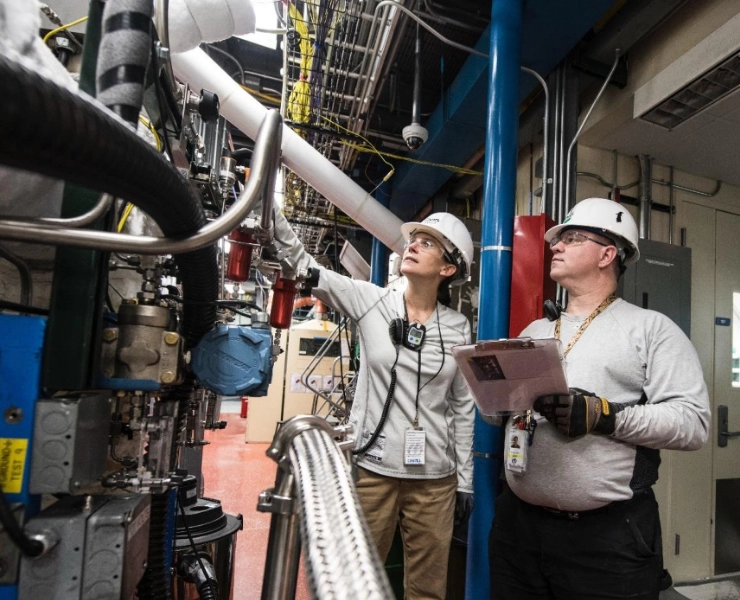Small and medium manufacturing enterprises are a significant propellant in a growing economy like India. With growing ease of business and better availability of technical knowledge and expertise, the sector has grown and matured from labour intensive to mechanised and even automated units.
Although process knowledge is crucial to set-up and operate a manufacturing plant, it is not the only factor contributing towards the success of a manufacturing business. With increasing competition there are multiple business as well as management factors that need to strategically addressed to build a successful manufacturing business.
Hence, to give you a quick understanding we have summarised some of the factors below:
The Product
What is the current life cycle phase of the product and its market?
If the product is in early phases you will face low competition and have ability to dictate terms including price. However, if the product is in the later or retirement stages, there will be fierce competition and lower margins along with the risk of product obsolescence prior to your capital recovery!
The Process
In how many ways can you manufacture the product?
There are always multiple methods to manufacture the same product especially in chemical and mineral processing. Although the entire method may not completely different but the choice of sub-processes and equipment may differ. As a business we should be able to balance the production cost and product quality by optimising the process arrangement to maximum extent,
The Set-up
How much extra capacity for peak demand and market growth?
There’s a saying in the restaurant industry, never build a church based on Christmas Eve attendance, as you may encash on the weekends but rents are to be paid for other 22 weekdays as well! Similarly in manufacturing, encashing on peak demand may sound lucrative but the the idle costs and inefficient costs for operating at lower capacity need to be borne across the year.
Moreover, everyone wants to grow and are more inclined to arrange to for the growth way prior to actually achieving the growth. Although one may get away with appreciating assets, writing off depreciation and present operational expenses in anticipation of future income is not wise.
The Equipment
Should we get the most durable or economical?
In simple terms, the equipment should be able to deliver as long as you need to extract profit and recover capital along with associated interest costs. The answer is directly related to the first and second point.
For instance, if the process set-up can produce only one particular product which has a few years of lifecycle remaining – you would want to get the most economical set-up to encash the opportunity and recoup profits as well as capital in a short time span. However, if the process set-up can produce different types of products by just changing the ancillary and accessories and some of the products are in the early phases of lifecycle, you would want to have the most durable equipment along with provision to upgrade and elongate economic life,
In addition to above there are multiple other factors on business and management that you need to align with your product nature and market context to compliment and create synergies rather than contradict and create turbulence.

